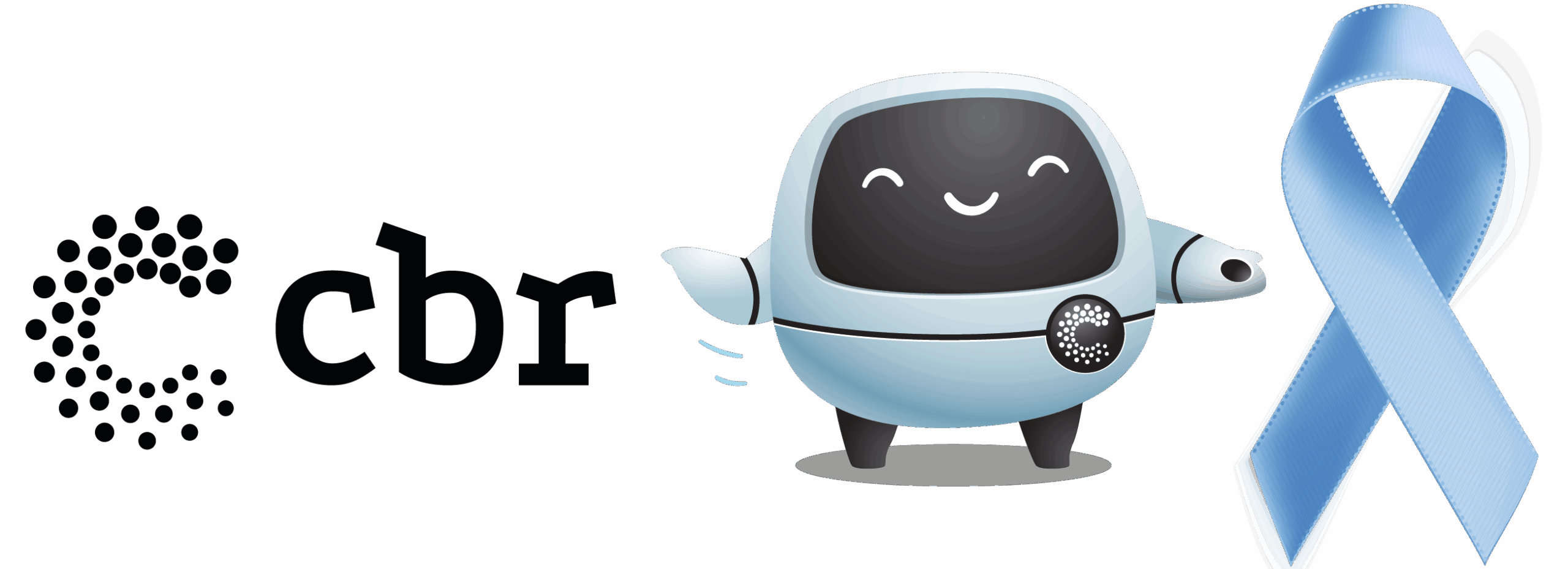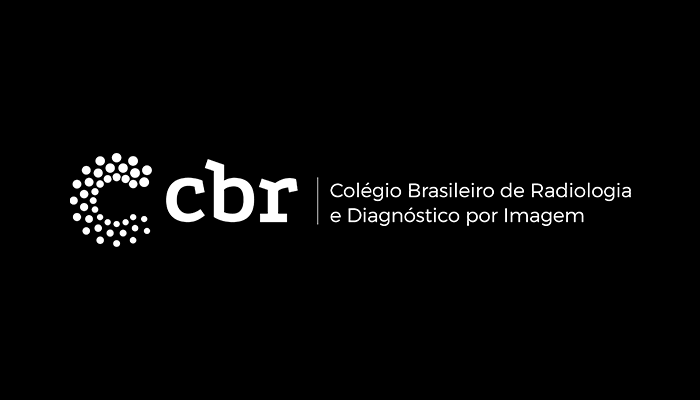Expanding screening, advocated by experts to include women between 40 and 74 years old, contributes to early diagnosis and increases the chances of a cure.
More than 108,000 women under the age of 50 were diagnosed with breast cancer in Brazil between 2018 and 2023, according to data from the Painel Oncologia Brasil, analyzed by the Brazilian College of Radiology and Diagnostic Imaging (CBR). The survey reinforces the importance of expanding mammography screening for women under the age of 50 and over the age of 70, age groups that are not included in the standard recommendation for preventive exams within the scope of the Unified Health System (SUS).
Currently, the Ministry of Health and the National Cancer Institute (INCA) have defined public policies that recommend that only women between the ages of 50 and 69 undergo screening mammograms every two years, even in the absence of symptoms. However, this recommendation has been widely questioned, especially in light of statistical data that show a significant number of diagnoses in women outside this age range.
Early screening can reduce breast cancer mortality by up to 301%, experts say. This means that half of the lives lost to the disease could be saved with a timely diagnosis, as highlighted by CBR president Rubens Chojniak. “Mammography is a powerful tool. The earlier we find a tumor, the greater the chances of treatment and cure. Our role, as representatives of radiologists, is to fight to ensure that all women have access to this exam and, above all, understand its importance,” he says.
Diagnostic data – The criticisms are based on the country's epidemiological reality. According to official figures, 71,204 cases of breast cancer were recorded in the 40-49 age group between 2018 and 2023 (the latest data available in the historical series in official databases), while another 19,576 women were diagnosed between the ages of 35 and 39. Together, these occurrences represent 33% of the total cases diagnosed in the period. In other words, one in three women diagnosed was outside the age range currently recommended by SUS administrators for preventive screening. Among women over 70 years of age, 53,240 cases were identified.
The global analysis makes the distortion even more evident. Between January 2018 and December 2023, Brazil recorded more than 319,000 breast cancer diagnoses, 157,400 of which were in women aged 50 to 69, the age range currently recommended for screening. This number represents less than half of the total number of diagnoses, which, in the CBR's assessment, reinforces and justifies the urgent need to review the parameters adopted by the Government.
Although this age group includes the main portion of the target population of official public policies (aged 50 to 69), the data show that another 161.7 thousand women (under 50 and over 70) were diagnosed with this disease in the country, many of whom had difficulty accessing regular screening in the SUS network. For the CBR, the greatest negative impact of this scenario arises from the delay in diagnosis, which delays the start of treatment and, consequently, reduces the effective chances of a cure.
Oncology Panel – Another point that has caught the attention of experts is the growth in the total number of cases of the disease in the country. In 2018, 40,953 diagnoses were recorded. In 2023, this number jumped to 65,283, representing an increase of 59% in six years. The figures from Painel Oncologia Brasil detail this evolution, considering the total number of breast cancer diagnoses by age group, regardless of the detection method. Although mammography is the main screening test, other techniques, such as ultrasound and biopsy, may also have been used.

The analysis by state also reinforces the need for guidelines that guarantee access to mammography for women under 50 years of age in all regions of Brazil. In this group, São Paulo leads diagnoses in absolute numbers, with 22,014 cases in the observed period, followed by Minas Gerais (11,941), Paraná (8,381), Rio Grande do Sul (8,334) and Bahia (7,309). In the age group between 50 and 69 years old, currently covered by priority screening, São Paulo also has the highest number of cases (36,452), followed by Minas Gerais (18,489), Rio de Janeiro (13,658), Rio Grande do Sul (13,451) and Paraná (10,766).
Ivie Braga, coordinator of the National Mammography Commission, emphasizes that, even in the age range currently recommended for screening, it is essential to consider the underreporting of cases. “Regional differences need to be taken into account, as unequal access can increase the risk of late diagnoses,” she explains. In smaller states, such as Acre and Amapá, the low incidence may indicate difficulties in accessing the exam, with the need for public policies adapted to local realities.
When assessing cases among women over 70 years of age, the prevalence of the disease is also evident, which reinforces the need to offer screening actions for this group. São Paulo also leads in this age group, with 12,868 cases, followed by Minas Gerais (6,505) and Rio Grande do Sul (5,233). The table extracted from Painel Oncologia Brasil provides absolute information for the 26 states and the Federal District, including by age group.

Deaths - To analyze deaths from breast cancer, the CBR expanded the survey to cover mortality from the disease over a ten-year period, going back to 2014. The data reveal that, throughout Brazil, 173,690 deaths from breast cancer were recorded in the period that began in January of that year and went through December 2023, with a progressive increase over the years. The number of deaths increased from 14,622 in 2014 to 20,165 in 2023, an increase of 38% in the decade.
Although there was a reduction in deaths between 2020 and 2021, especially in some age groups, the numbers began to rise again in 2022 and 2023, possibly due to the impact of the COVID-19 pandemic, which hampered access to adequate diagnosis and treatment. The interruption of screening during this period generated a cumulative effect, contributing to the increase in mortality.
The data also show that 38,793 women under 50 died of breast cancer, which corresponds to 22% of the total deaths in the period. Among women over 70, 56,193 deaths were recorded (32% of the total). According to Ivie Braga, these numbers point to the need to expand mammography screening. “Many women outside the recommended age range for screening are dying from breast cancer. Expanding access to mammography is an urgent matter for public health in the country,” she highlights.
For the Brazilian College of Radiology and Diagnostic Imaging, the experience of other countries proves that expanding screening to the age group between 40 and 49 years can significantly reduce mortality. Studies such as the Age Trial, in the United Kingdom, demonstrated a 25% reduction in the risk of death from breast cancer among women screened earlier.
“Breast cancer in younger women tends to develop more quickly and aggressively, so detecting the disease early on makes all the difference. Early diagnosis not only increases the chances of a cure, but also avoids more arduous and exhausting treatments,” explains Rubens Chojniak. Furthermore, the president of CBR emphasizes that in the case of older women, there are many over 70 who are active, work and lead healthy lives. “If they have access to screening, there is a much greater chance of identifying the disease early and ensuring simpler and more effective treatment,” he adds.




